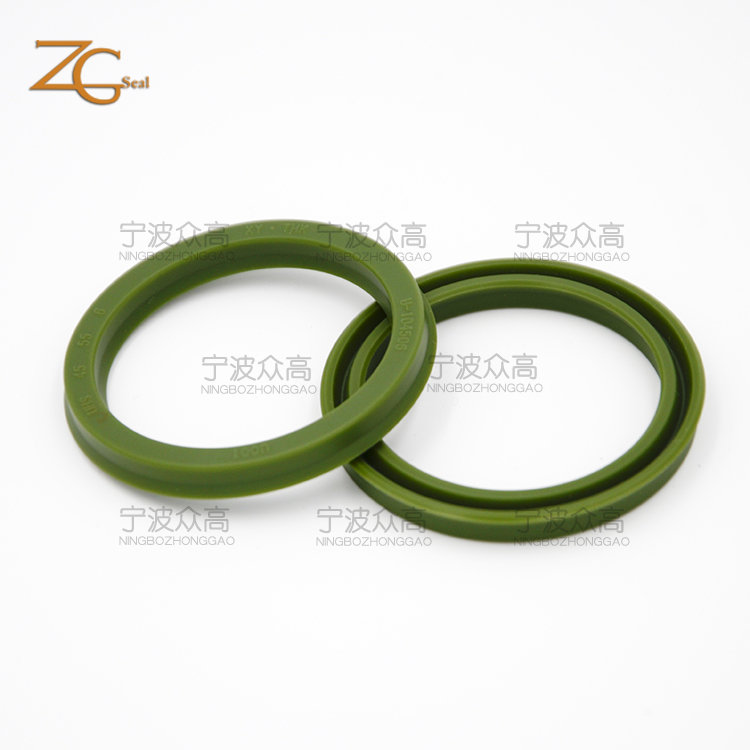Features and aspects of oil seals
2023-10-18
An oil seal, also known as a shaft seal or rotary seal, is a type of mechanical seal used to prevent the leakage of fluids or lubricants in rotating or reciprocating machinery. Oil seals are specifically designed to provide a barrier between the rotating or moving shaft and the stationary housing or casing, ensuring that fluids, such as oil or grease, remain contained within the system.
Here are some key features and aspects of oil seals:
1. Construction: Oil seals typically consist of three main components: a metal outer case, a flexible sealing element, and a garter spring. The metal case provides structural support and acts as a housing for the sealing element. The sealing element is usually made of elastomeric material, such as nitrile rubber (NBR), which has excellent sealing properties and resistance to oils and greases. The garter spring helps maintain radial pressure on the sealing lip to ensure effective sealing.
2. Sealing mechanism: Oil seals function through a combination of dynamic and static sealing. The sealing lip of the oil seal makes contact with the rotating or reciprocating shaft, creating a dynamic seal that prevents the leakage of fluids. The stationary part of the seal, located in the housing or casing, creates a static seal to prevent fluid from bypassing the seal. The combination of these sealing actions helps to retain lubricants and prevent contaminants from entering the system.
3. Types and designs: Oil seals come in various types and designs to suit different applications. Some common types include:
- Radial oil seals: These seals are used for sealing rotating shafts and have a circular cross-section. They are widely used in engines, pumps, gearboxes, and other rotating equipment.
- Axial oil seals: Also known as face seals, these seals are used to prevent axial movement of fluids along the shaft. They are commonly used in hydraulic cylinders and other applications where axial sealing is required.
- V-ring seals: V-ring seals are specialized oil seals with a V-shaped cross-section. They are used for sealing rotating shafts and are effective in applications with high speed or misaligned shafts.
- Cassette seals: Cassette seals consist of multiple sealing elements housed in a single unit. They provide enhanced sealing performance and are suitable for demanding applications.
4. Installation and maintenance: Proper installation is essential for the effective performance of oil seals. The shaft and housing must be clean and free of damage to ensure a secure fit and prevent leaks. Regular inspection and maintenance are important to detect any signs of wear, damage, or degradation of the seal. When replacement is necessary, it is crucial to select the correct oil seal with the appropriate dimensions and material for the specific application.
Oil seals play a critical role in maintaining the integrity of rotating and reciprocating machinery by preventing the loss of lubricants and the ingress of contaminants. Their selection, installation, and maintenance should be carried out with care to ensure reliable and efficient operation of the equipment.



